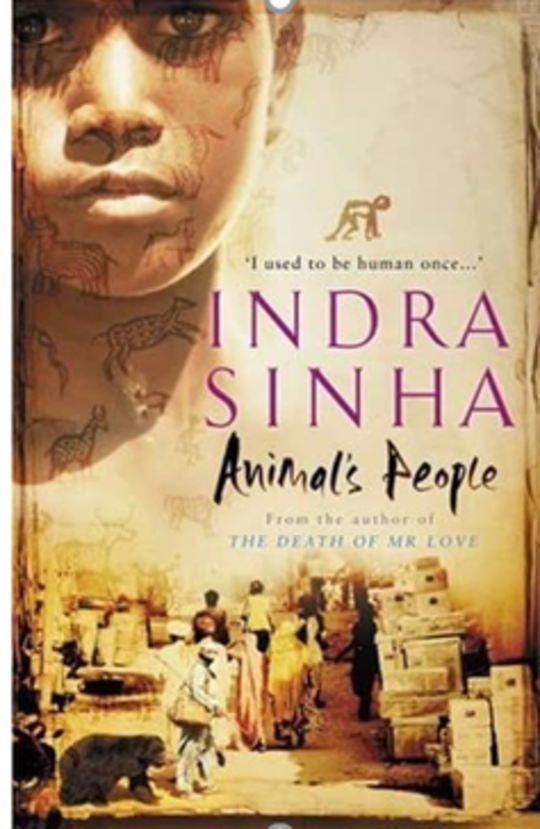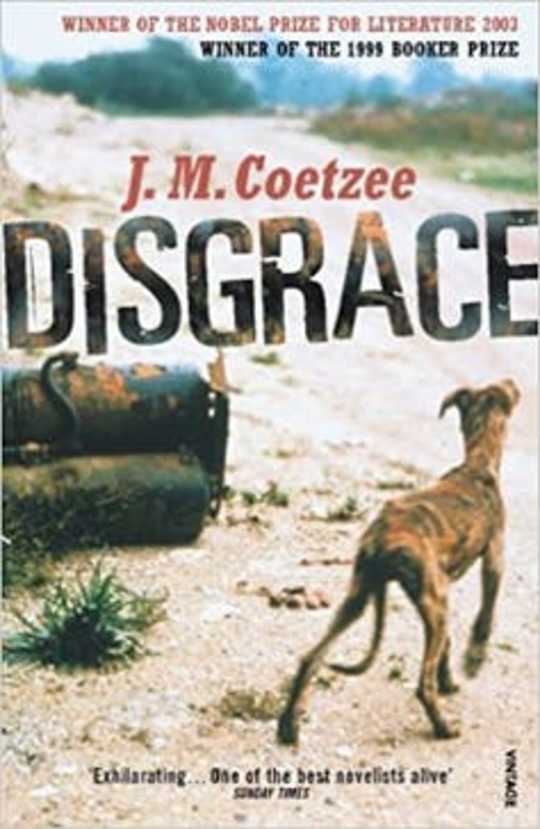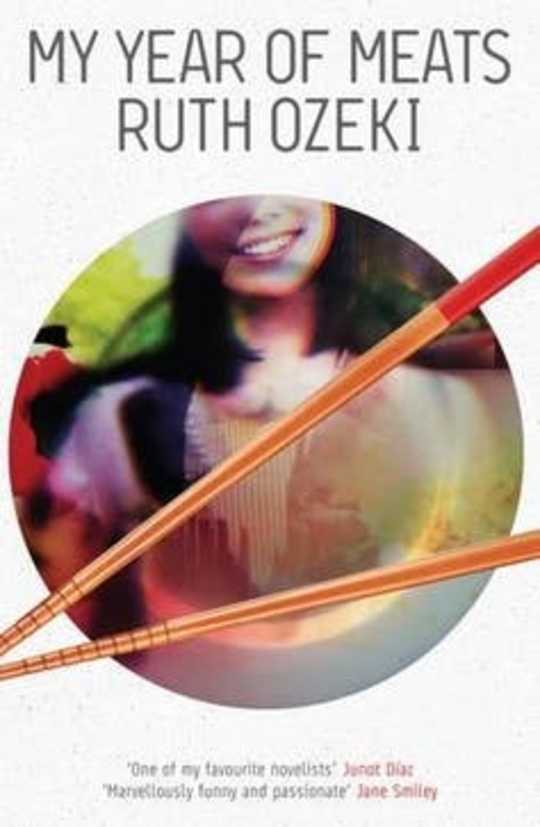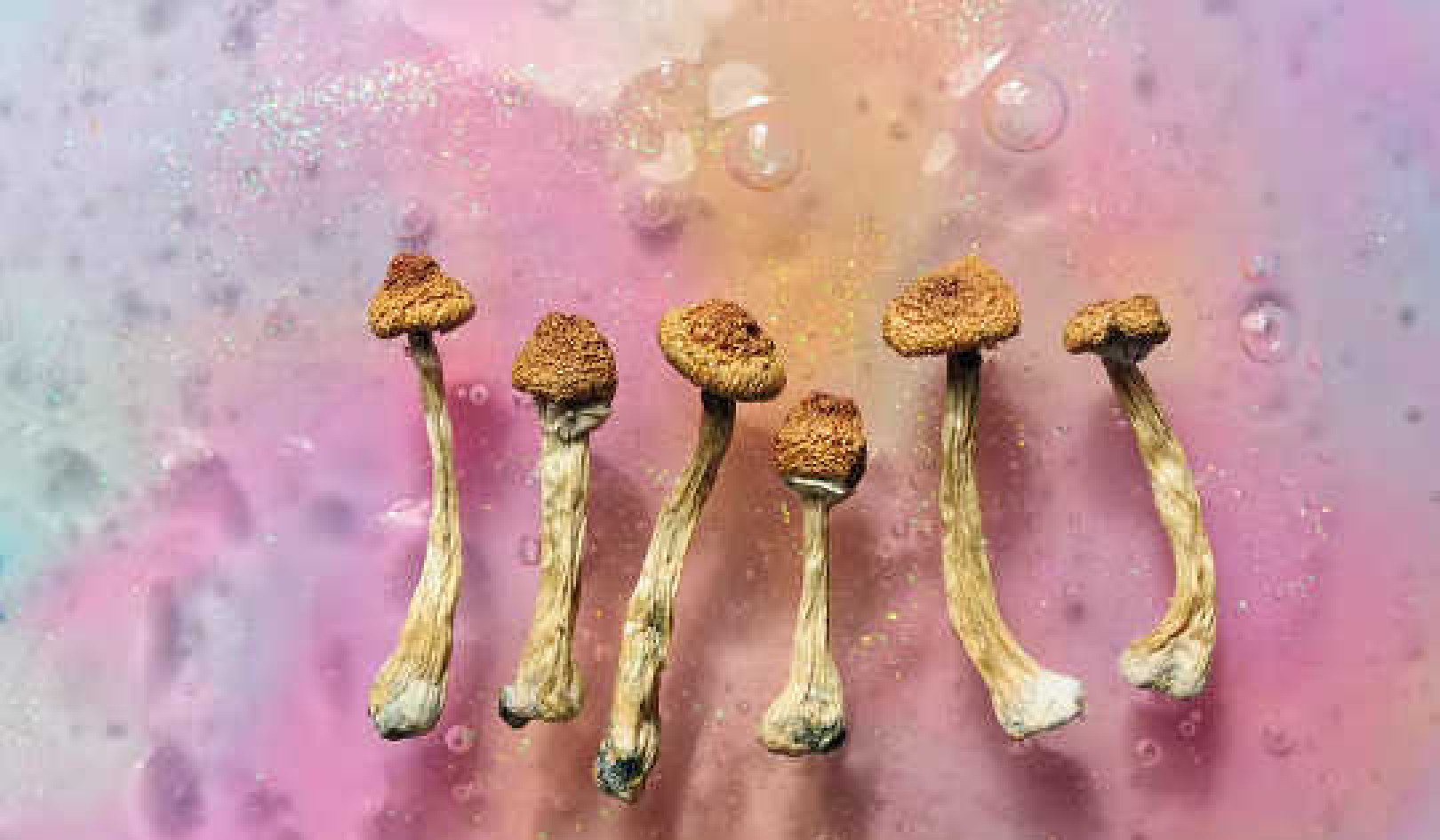 Pexels
Pexels
Since the start of lockdown, more of us have taken to our bicycles, grown our own vegetables and baked our own bread. So it’s not surprising it has been suggested we should use this experience to rethink our approach to the climate crisis.
Reading some environmental literature – sometimes called “eco-literature” – can also give us the opportunity to think about the world around us in different ways.
Eco-literature, has a long literary tradition that dates back to the writings of 19th-century English romantic poets and US authors. And the growing awareness of climate change has accelerated the development of environmental writings.
 Animal’s People
Animal’s People
by Indra Sinha
Indra Sinha’s Animal’s People, looks at the Bhopal gas explosion in India – one of the most horrific environmental disasters of the 20th-century. A poisonous gas leak from a US-owned pesticide plant killed several thousand people and injured more than half a million.
The main character in the novel, Animal, is a 19-year-old orphaned boy who survives the explosion with a deformed body. This means he must “crawl like a dog on all fours”. Animal does not hate his body, but embraces his animistic identity – offering an unconventional non-human perspective.
With this wounded “human-animal” figure, Sinha puts forward his critique of India’s postcolonial conditions and demonstrates how Western capitalist domination continues to damage people and the environment in contemporary postcolonial society.
My Year of Meats
by Ruth Ozeki
Ruth Ozeki’s novel intermingles themes such as motherhood, environmental justice and ecological practice to explore the appalling use of growth hormones in the US meat industry from a feminist ecocritical perspective.
The novel employs a “documentary” narrative mode and begins with a TV cooking show – sponsored by a meat company. While filming the show, Jane Takagi-Little, the director, encounters a vegetarian lesbian couple who reveal the ugly truth about the use of growth hormones within the livestock industry. The encounter motivates Jane to undertake a documentary project to uncover how growth hormones poison women’s bodies.
Through a deliberate choice to make all her main characters female, Ozeki draws her readers’ attention to nonconforming, atypical female figures who rebel against social or cultural norms inherent in patriarchal capitalist society.
 The Overstory
The Overstory
by Richard Powers
The Overstory is praised by critics for its ambition to bring awareness to the life of trees and its advocacy to an ecocentric way of life. Powers’ novel sets out with nine distinctive characters - which represent the “roots” of trees. Gradually their stories and lives intertwine to form the “trunk”, the “crown” and the “seeds”.
One of the characters, Dr Patricia Westerford, publishes a paper showing trees are social beings because they can communicate and warn each other when a foreign intrusion occurs. Her idea, though presented as controversial in the novel, is actually well supported by today’s scientific studies.
Despite her groundbreaking work, Dr Westerford ends up taking her own life by drinking poisonous tree extracts at a conference - to make it clear humans can only save trees and the planet by ceasing to exist.
These are just a few books with a specific focus on environmental issues – perfect for your current reading list. To everyone’s surprise, this global lockdown has given us some eco-benefits, such as a sudden dip in carbon emissions and the huge decline in our reliance on traditional fossil fuel energy. Maybe then if we can learn from this experience we can move towards a greener future.![]()
About The Author
Ti-han Chang, Lecturer in Asia-Pacific Studies, University of Central Lancashire
This article is republished from The Conversation under a Creative Commons license. Read the original article.
























